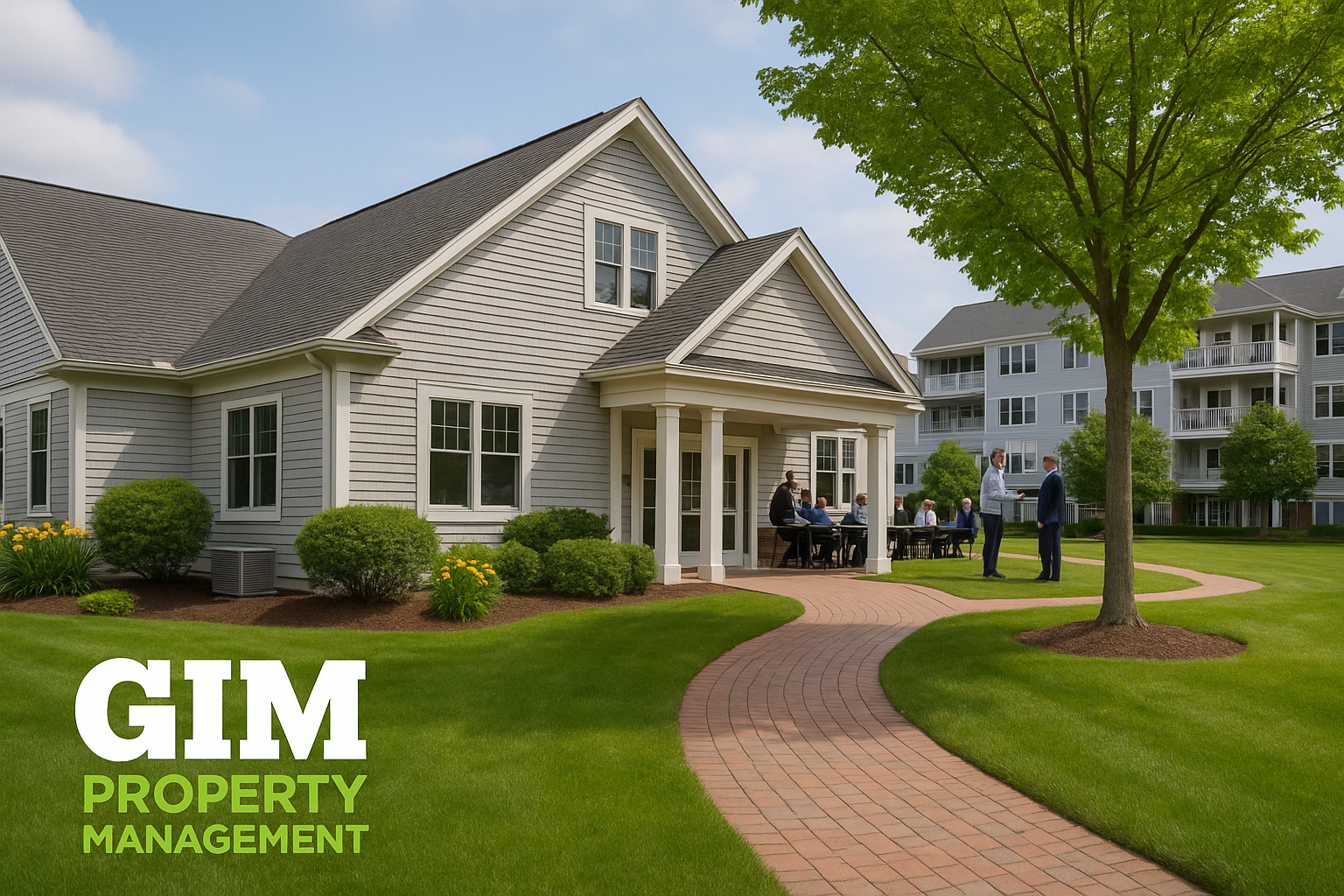Connect with Our Property Experts
Discover how proactive property maintenance can minimize costs and enhance property value for HOAs and landlords in Massachusetts.

Discover how proactive property maintenance can minimize costs and enhance property value for HOAs and landlords in Massachusetts.

markdown
In the world of property management, the key to financial success often lies in the details. For HOAs and landlords in Massachusetts, maintaining property value while controlling costs is paramount. Proactive property maintenance is a strategic approach that ensures properties remain in good condition, minimizing expensive repairs and maximizing property value.
Unlock the secret to boosting your HOA's financial stability with GIM Property Management’s expert insights on proactive property maintenance! By prioritizing regular inspections and timely repairs, HOAs and landlords can prevent costly damage and enhance property value. What is one maintenance task you could schedule today to secure your property’s future? Let’s discuss in the comments!
Proactive property maintenance involves routinely inspecting and maintaining property systems to prevent issues before they escalate into significant problems. This approach emphasizes regular and timely interventions, which can save thousands in unexpected expenses. Whether it's checking the roofing, servicing the HVAC systems, or ensuring plumbing integrity, such diligence is a cornerstone of effective property management.
Several key factors contribute to why this can be significant:
Regular maintenance helps avoid expensive repairs, such as fixing a leaky roof before it causes structural damage, which can lead to substantial savings.
By maintaining essential systems like HVAC and plumbing, properties remain functional and safe, extending their overall lifespan.
Well-maintained properties attract and retain residents, fostering a sense of community and stability within the neighborhood.
Properties that are well-kept have higher market appeal, increasing their desirability and potential rental value.
The age, condition, and operational needs of a property dictate the management approach. Effective management ensures properties are well-maintained and operationally sound.
Professional management ensures these tasks are completed efficiently, maintaining quality and cost-effectiveness.
Schedule Regular Inspections
Implement Preventive Maintenance Plans
Budget for Routine Maintenance
Educate Residents
Utilize Technology
Optimize Vendor Relationships
Energy Efficiency Upgrades
Regular Pest Control
Landscaping Maintenance
Review and Adapt Plans
Need Help Managing Your Budget or Strategy? GIM Property Management offers expert assistance to help you navigate the complexities of property maintenance. Contact us today for a consultation tailored to your unique needs.
Proactive property maintenance is essential for financial sustainability and community satisfaction. By implementing regular inspections, preventive maintenance, and resident education, HOAs can ensure properties remain valuable and appealing. Transparency in operations and a commitment to continuous improvement are key to maintaining balance.
Contact GIM Property Management today to request a consultation and discover how we can help you enhance your property management strategy.
Reach out to learn how proactive maintenance can benefit your property investment.
Contact Us